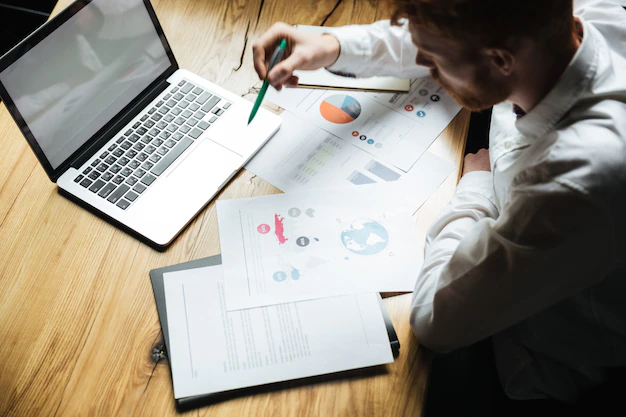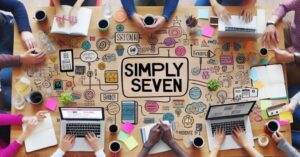Introduction
Have you ever wondered how teachers know what students need to learn next? Or how businesses evaluate their employees’ strengths? That’s where essential assessment comes in!
Assessment isn’t just about tests or grades—it’s a powerful tool that helps individuals and organizations grow. Whether in schools, workplaces, or personal development, assessments guide improvement, identify strengths, and highlight areas for growth.
In this blog post, we’ll break down essential assessment in simple terms, explain why it matters, and show you how it works in different areas of life.
What is Essential Assessment?
At its core, essential assessment is the process of gathering information to measure progress, skills, or knowledge. It helps educators, employers, and individuals make informed decisions based on real data.
Think of it like a GPS for learning and improvement—it tells you where you are, where you need to go, and the best route to get there!
Why is Essential Assessment Important?
Here’s why assessments are essential in different fields:
✅ In Education: Help teachers understan student learning need and adjust their teaching method accordingly.
✅ In Workplaces: Allows employers to evaluate employees’ performance and provide the right training.
✅ For Personal Growth: Helps individuals set goals and track progress in different areas of life.
Without assessment, learning and improvement would be like walking in the dark—no direction, no clear path.
Types of Essential Assessment
There are different ways to assess progress. Here are the most common types:
1. Formative Assessment (Learning on the Go!)
This type happens during the learning process. It helps teachers and learners make adjustments along the way.
👉 Examples: Quizzes, discussions, self-reflection activities.
2. Summative Assessment (Final Check!)
This type happens at the end of a learning period to measure what has been achieved.
👉 Examples: Final exams, end-of-year reports, performance reviews.
3. Diagnostic Assessment (Starting Point!)
Used at the beginning to understand a learner’s current level and needs.
👉 Examples: Placement tests, skill assessments.
4. Self-Assessment (Looking in the Mirror!)
Encourages individuals to reflect on their own progress and set personal goals.
👉 Examples: Goal-setting worksheets, self-reflection journals.
How to Make Assessments More Effective?
Good assessments don’t just measure progress—they drive improvement. Here’s how to make them better:
✔ Make it Clear & Fair – The questions should be easy to understand and relevant.
✔ Use a Mix of Methods – Not everyone learns the same way! Use different types of assessments.
✔ Give Feedback – Just testing is not enough; explaining results helps people improve.
✔ Keep It Low-Stress – Assessment should support learning, not create anxiety.
Essential Assessment in Real Life
You might not realize it, but assessment is everywhere!
📚 In Schools: Teachers use quizzes and projects to check students’ understanding.
🏢 In Workplaces: Employers use performance reviews to recognize strengths.
🎯 In Personal Life: Setting fitness goals and tracking progress is also a form of assessment!
The key is using the results to improve, not just for scoring or ranking.
Conclusion
Essential assessment isn’t just about giving tests—it’s about growth, progress, and success. Whether in education, work, or personal life, good assessment helps people move forward.
Next time you take a test, get feedback at work, or track your own progress, remember: it’s all part of essential assessment—your personal GPS for success!
FAQs About Essential Assessment
1. What is the main purpose of essential assessment?
The main purpose is to measure progress, identify strengths, and highlight areas for improvement in learning, work, and personal growth.
2. How does essential assessment help students?
It helps teachers understand students’ needs, adjust teaching strategies, and ensure better learning outcomes.
3. What is the difference between formative and summative assessment?
Formative assessment happens during learning to guide improvement, while summative assessment happens after learning to measure achievement.
4. Can essential assessment be used outside of education?
Yes! It’s used in workplaces for employee evaluations, in fitness for progress tracking, and even in personal goal-setting.
5. How can I improve my self-assessment skills?
Set clear goals, track progress regularly, and reflect on what’s working and what needs improvement.
6. Is essential assessment only about tests?
No! It includes discussions, feedback, projects, and even self-reflection activities.




